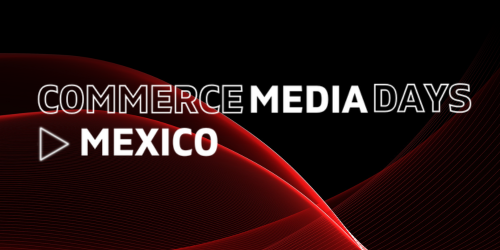Last week, ITV introduced BE Studio, a creative studio dedicated exclusively to Ad Funded Entertainment (AFE), aiming to foster emotional connections between brands and ITV audiences. The studio's primary strategy for building these connections involves creating entirely new formats, capitalizing on the rapid growth of AVOD. The launch of BE Studio signifies ITV's commitment to enhancing its ad-funded platform ITVX and Social Production resources, further bolstering existing creative capabilities. This move aims to achieve greater integration between ITV Commercial and ITV Creative, reinforcing the broadcaster's position in the industry. It illustrates the refocusing of European broadcasters on AVOD, shifting away from the prevalence of the subscription-based model over the last few years. The AVOD landscape in Western Europe is still dominated by non-European groups, mainly from the US. In terms of AVOD revenues at Q2 2023, six of the top ten platforms are American and one is Chinese (Tiktok). YouTube still represents 51.4% of total advertising video revenues, even though its market share is decreasing in favor of other international platforms such as TikTok or Pluto TV. European broadcasters are also becoming more and more present in the digital space: advertising revenues from broadcasters’ OTT platforms have grown from almost EUR 800 million in H1 2022 to more than EUR 1 billion at H1 2023 (+29.2% year over year). The biggest ad-supported European OTT platforms all originated from the broadcasting environment. ITVX is now the fourth largest AVOD platform in value in Western Europe, just before Mediaset Infinity. Refocus on ad-supported business models: why are European BVOD platforms pushing their advertising tiers (again)? Recent results of broadcaster subscription-based platforms are showing the limitations of this business model, with for instance the Norwegian TV2 Play platform and Britbox experiencing some stagnation in subscribers over the last quarters. Some even met tougher challenges, like Salto in France, which was shut down at the beginning of the year, Viaplay which turned back on its expansion plans, or the more recent announcement of C More closing in Denmark its standalone service. Parallely, TV advertising revenues keep stagnating or decreasing year-on-year at the benefit of digital video advertising, which will progress by an estimated 12.2% CAGR between 2022 and 2028. This growth is stimulated by the arrival of US SVOD giants on the advertising market with the launch of ad-supported tiers, but also comes from the development of video consumption through Connected TVs and the growing size of the FAST industry. OEMs are also taking their share of the CTV ad pie, first in line being Samsung and LG in Western Europe who are experiencing high growth rates in terms of penetration: at Q3 2023 they reached more than 34 million monthly active users, almost...











